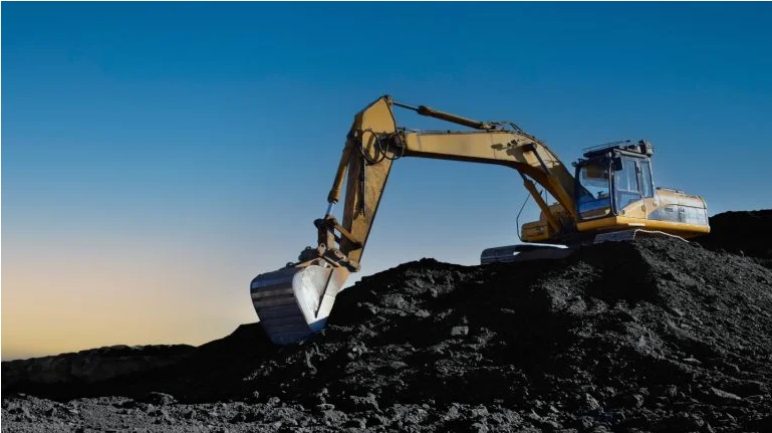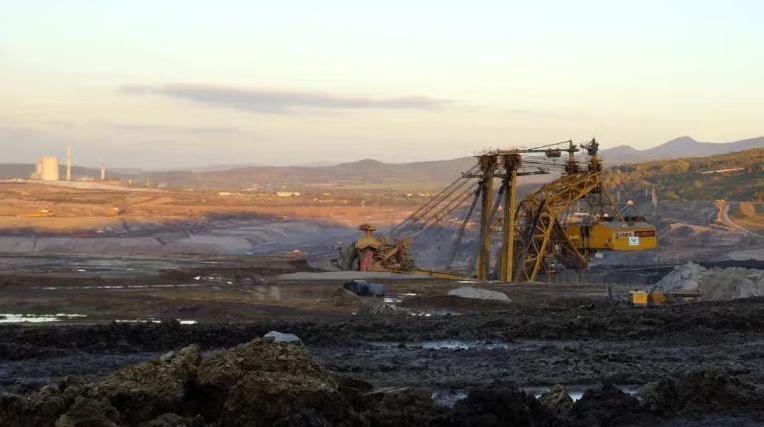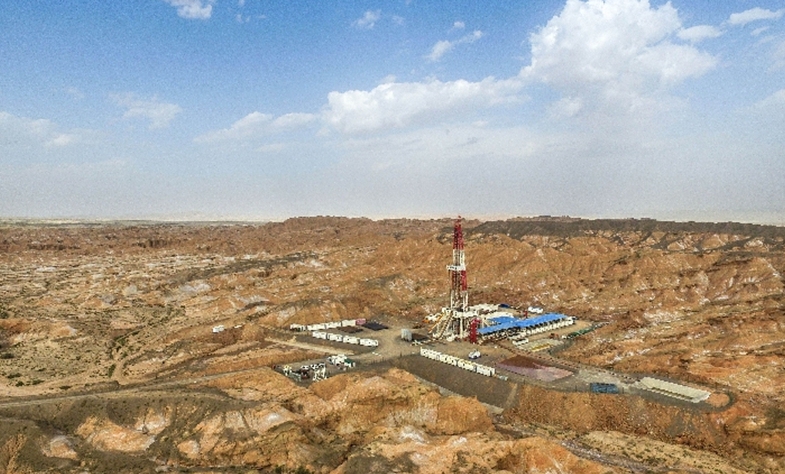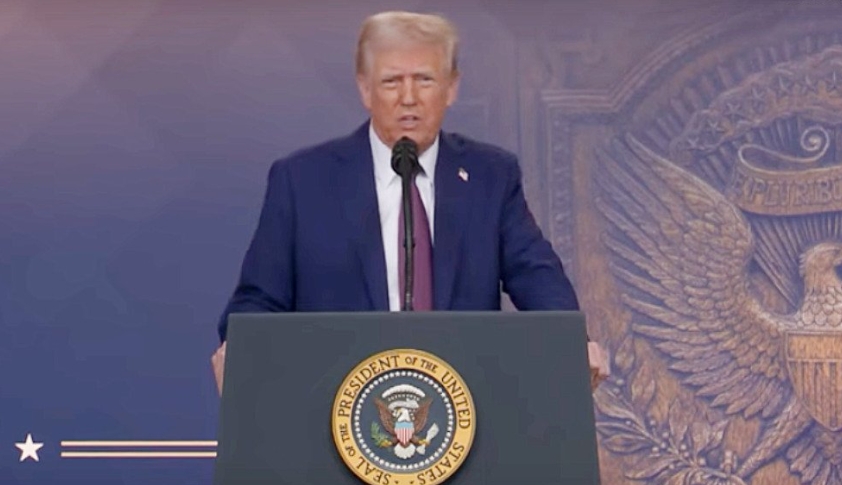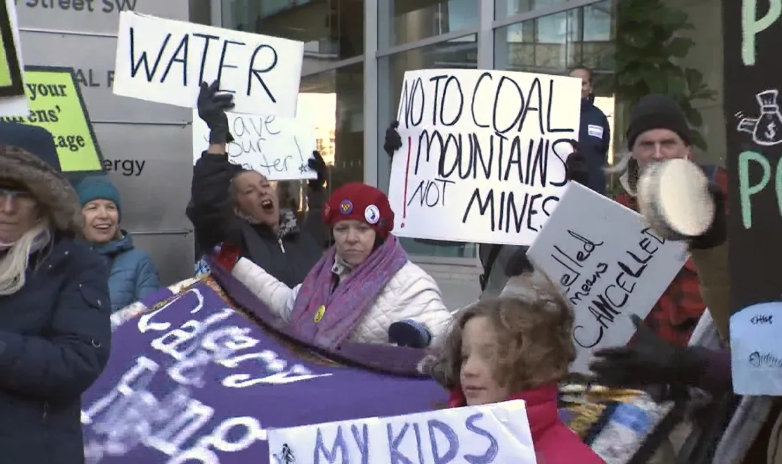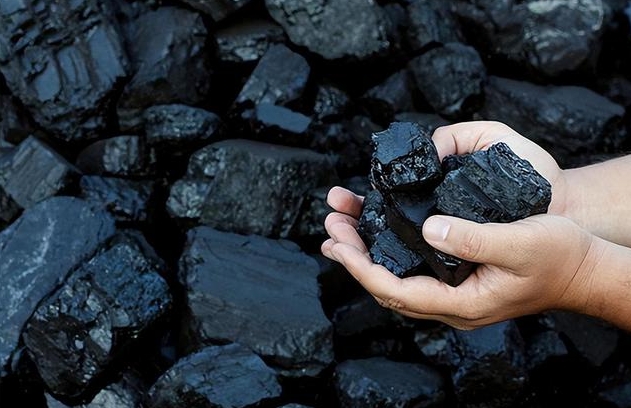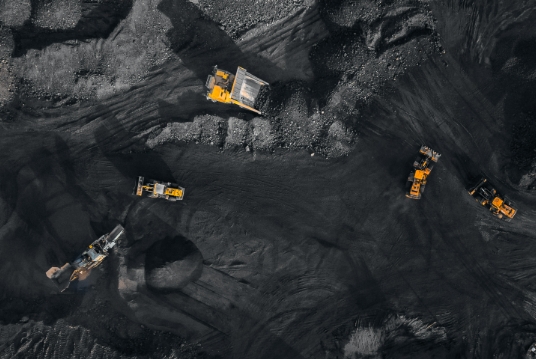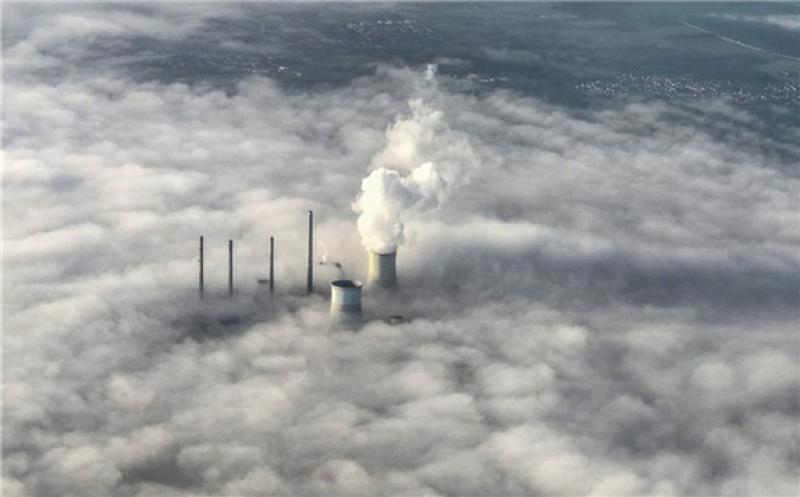 The cooling towers of the Staudinger coal-powered power plant in Grosskrotzenburg near Frankfurt on April 29. PHOTO: ARMANDO BABANI/SHUTTERSTOCK
The cooling towers of the Staudinger coal-powered power plant in Grosskrotzenburg near Frankfurt on April 29. PHOTO: ARMANDO BABANI/SHUTTERSTOCK
Coal prices are on course for their biggest annual fall in more than a decade, hurting producers of the fossil fuel but cutting raw-material costs for struggling steelmakers.
The spot price of thermal coal, which is burned to generate electricity, has tumbled 39% to $52.35 a metric ton so far in 2019, according to S&P Global Platts. If prices don’t rebound before the end of the year, the decline would be the largest one-year drop since Platts started compiling the benchmark price in 2007.
Factors driving thermal-coal prices lower include a downturn in power demand, an abundance of liquefied natural gas and China’s push to become more self-sufficient in coal.
Meanwhile, slowing steel production in Europe, India and Japan has triggered a slump in the price of coking coal, which steel mills use to manufacture the alloy metal. Spot prices have fallen by 38% this year to $136 a metric ton.
The coal-price slide has hit U.S. producers hard, contributing to a series of bankruptcies at firms including Blackhawk Mining LLC and Westmoreland Coal Co. But cheaper coal will ease the pressure on steel producers in Europe, where falling sales and rising costs have pinched profit margins.
“It’s oversupply that’s the culprit in both markets,” said David Price, senior director at IHS Markit. “It’s not a good-looking market for next year for thermal. Met[allurgical] coal is slightly better, and it will still be China which swings international prices.”
The world has consumed less coal in 2019 than in 2018, the International Energy Agency said last week, largely because coal-fired electricity generation is set to fall by over 250 terawatt hours, or more than 2.5%. That would be the biggest drop on record, and has been led by a large decline in the amount of thermal coal used by U.S. and European power stations.
Thermal coal has fallen out of fashion fastest in Europe, where natural gas is cheap, regulations on fossil fuels are tightening and some investors are pushing for cleaner sources of energy. “The future of coal in Europe is debatable—you can’t hide from what’s in front of you,” said a London-based coal broker.
But China remains the driving force behind the global coal market, accounting for around half of total demand. Beijing has sought to bolster consumption of Chinese coal in recent years at the expense of shipments from Australia and elsewhere, another factor that has weighed on prices.
“The Chinese government wants to reduce its reliance on imported coal,” said Manjot Singh, an analyst at commodities consulting firm CRU Group. “Their intention is to protect the domestic coal industry because it’s the source of employment for so many people.”
These efforts have made coal more expensive in China than on international markets, Mr. Singh said. However, Chinese prices could fall back into line as domestic output ramps up and new infrastructure makes it cheaper to transport coal across the country. A railway linking mines in Inner Mongolia with the southern province of Jiangxi in southeast China opened in October.
For coking-coal prices, slowing steel production has posed an additional headwind.
Six of the world’s 10 largest steel-producing countries are on course to make less steel this year, according to data from the World Steel Association, a symptom of the global downturn in industrial activity. In Europe, where the pain has been most acute, Oliver Schuh of Fitch Ratings expects steelmakers to idle around 6% of their capacity.
Chinese mills have kept churning out more steel but coking-coal demand has been capped by a shift toward using scrap steel instead of pig iron, said Liberum analyst Ben Davis. “You don’t need coking coal if you’re using scrap, or certainly less of it,” he said.
Low coal prices have rippled through the U.S. coal industry because American miners have higher labor and freight costs than Australian competitors. In October, advisers to Lexington, Ky.-based Blackhawk blamed “a substantial drop” in coal prices and customer demand when the company delayed its exit from chapter 11 bankruptcy.
Still, mining and trading giant Glencore PLC remains bullish about thermal-coal prices. The company’s chief executive, Ivan Glasenberg, told investors this month that new coal-fired power stations are coming online in Asia at a time when banks and fund managers are reluctant to fund new coal mines, limiting supplies.
